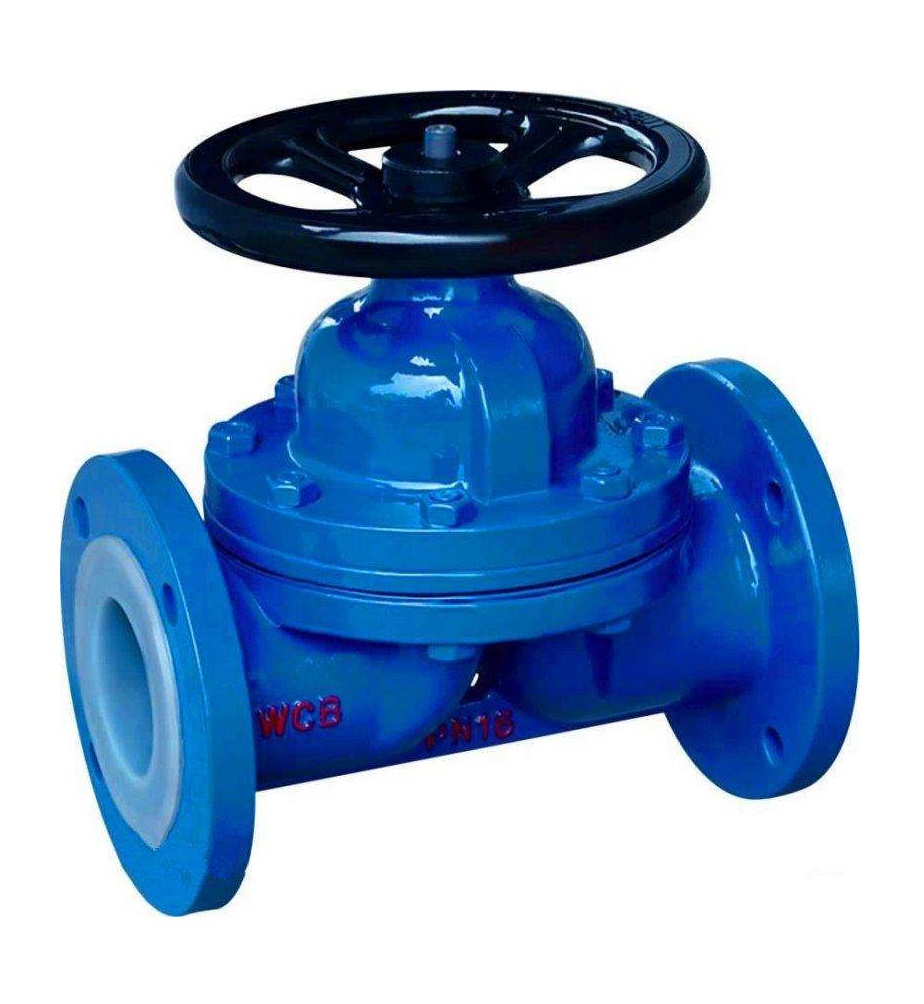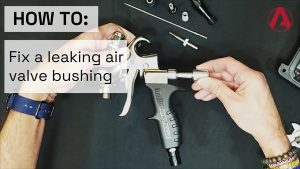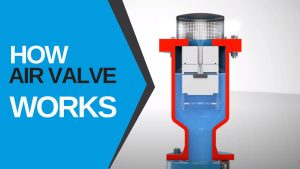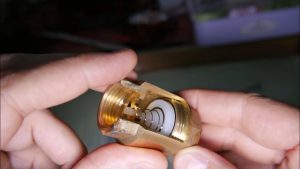Diaphragm valves are in most situations, not an important consideration. But when a valve can improve your performance in downstream processes it might just be the reason to think twice.
What is a Diaphragm valve?
Diaphragm valves are bi-directional, on-off throttle valves. They are used to control fluid flow by regulating the area with which media can enter and exit the valve, effectively changing its speed and velocity. They are so-called “diaphragm” valves because a thin, flexible membrane is used to control the opening and closing of the valve. They can be made with metal such as stainless steel, plastic, and even single-use materials. Diaphragm valves are like pinch valves but they use a linear compressor that pushes the thin diaphragm into contact with the valve body. They offer discrete and variable pressure control and can be both manually and automatically actuated. Diaphragm valves are clean, leak-proof, easy to maintain, safe, and effective valves that are best suited for moderate pressure & temperature applications which require stop/start fluid control.

How does a Diaphragm valve work?
The operating power for a diaphragm valve can come from a variety of sources. A pneumatic diaphragm valve uses air pressure to open or close it. Sometimes a solenoid — a wire-wrapped metallic component that can produce a magnetic field in the presence of electricity — is employed to actuate the valve. Other times, it can be operated manually. In addition, hydraulic pressure is also commonly utilized.
Types of Diaphragm Valves
- Weir-type diaphragm valves
- The weir-type diaphragm valve is one of the most common designs available and is what is shown in Figure 2, above. The raised lip/saddle design is best suited for small flow control and is kept leak-proof thanks to the bonnet over the diaphragm and actuator. This design is optimal for dangerous or corrosive liquid and gas, as any failure with the membrane will be kept contained by this bonnet. Also, the sloped body makes this valve inherently self-draining, but this draining can happen in both valve directions which may not be optimal for some applications. The weir-type valve is mostly specified for clean, homogenous fluids, as viscous slurries and sediments may build up on either side of the saddle. They are most often found in processes such as food/chemical, gas production, corrosive, and water applications.
- Straight through-type diaphragm valves
- The straight-through diaphragm valve is structurally similar to weir-types; however, it does not contain the characteristic saddle and instead has a completely straight pathway. Their membranes are typically more flexible and allow for farther travel distance, as it must touch the very bottom of the valve. These valves must often be serviced/replaced, as their lifespan is typically less than weir-type designs due to their more flexible membranes. Straight-through diaphragm valves are used for slurries, viscous fluids, and other applications where blocking must be reduced. They are also useful for bi-directional flow regimes, as there is no saddle to impede swift changing from inlet to outlet.
Advantages of Diaphragm valves?
- Diaphragm valves can also be used for throttling service.
- Its throttling characteristics are essentially those of a quick opening valve because of the large shutoff area along the seat.
- A weir-type diaphragm valve is available to control small flows.
- Diaphragm valves are particularly suited for the handling of corrosive fluids, fibrous slurries, radioactive fluids, or other fluids that must remain free from contamination.
- The operating mechanism of a diaphragm valve is not exposed to the media within the pipeline. Sticky or viscous fluids cannot get into the bonnet to interfere with the operating mechanism.
- Many fluids that would clog, corrode, or gum up the working parts of most other types of valves will pass through a diaphragm valve without causing problems. Conversely, lubricants used for the operating mechanism cannot be allowed to contaminate the fluid being handled.
- There are no packing glands to maintain and no possibility of stem leakage in valves.












